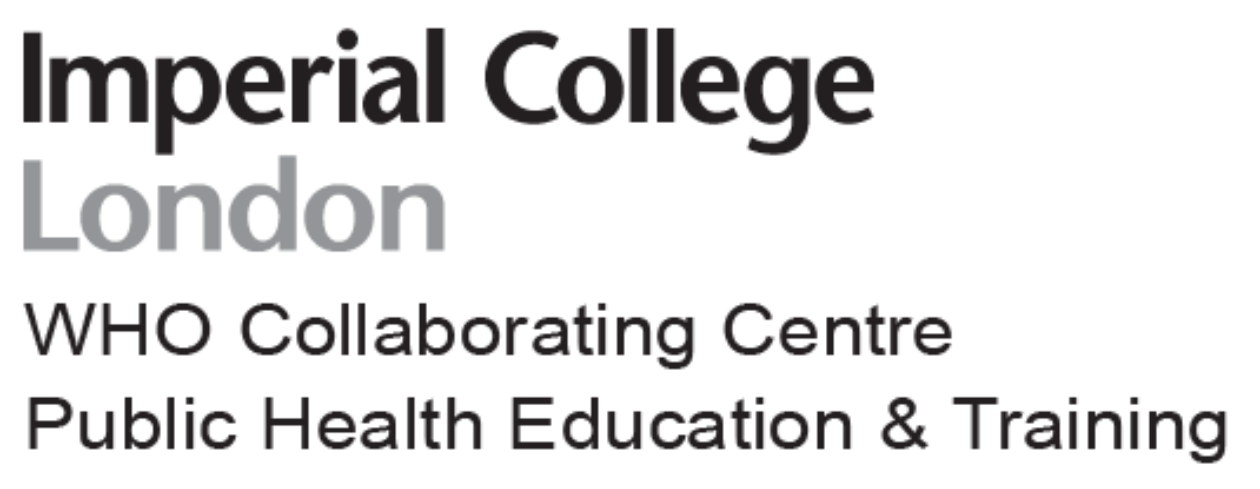Disease Burden and Health Planning
- Home
- Education & Training
- Disease Burden and Health Planning
Disease Burden and Health Planning
Introduction
The effect of a health issue on a given population is called the disease burden. This burden can be measured using multiple indicators like financial cost, morbidity, or mortality. These indicators allow us as researchers or public health practitioners to accurately compare different regions and areas. It can also help us predict the future needs of health care.
Epidemiological research makes use of a series of different measures of disease burden. The main two indicators, Disability-Adjusted Life-Years (DALYs) and Quality-Adjusted Life-Years (QALYs), are used to compare the burden of different diseases and take into account both death and morbidity in a single measure:
DALYs reveal the potential years of life lost (YLL) due to premature death and equivalent years of ‘healthy’ life lost by states of disability or poor health. One lost year of a healthy life can be thought of as a DALY.
QALYs are a measure of the life expectancy for loss of quality of that life caused by diseases and disabilities. Some interventions improve quality of life but do not prolong life. A QALY of 0 represents a year of complete functional impairment (death) while a year of perfect health gives a QALY of 1.
The Global Burden of Disease (GBD) is the most well-known assessment of disease burden. The first GBD study took place in 1990, here the concept of DALYs was devised and sought to quantify the health effects of more than 100 diseases and injuries for eight regions of the world. This provides estimates of morbidity and mortality by sex, age, and region. The GBD study is regularly updated, with estimates made every year. It provides age and sex stratified estimates of the burden of 333 leading causes of disability and death globally and for 195 regions and countries.
The WHO team provide guidance on the practicalities of measuring disease burden on a national and local scale; the GBD study results make an interesting read from a public health perspective. Estimates of the disease and injury burden caused by exposure to major risk factors are likely to be a much more useful guide to policies and priorities for prevention.
There are many reasons why it is important to measure disease burden:
- Planning for preventive action
- Assessing performance of healthcare systems
- Prioritising actions in health and the environment
- Identifying high-risk populations
- Planning for future needs and resources
- Setting priorities in health research
Course Overview
This course is structured to provide public health professionals with the requisite knowledge and equip them with the essential skills to leverage the potential of health data. The latter so they can provide their insights for the decision making of organisations. Disease burden and health planning course prepares the learners to be efficient in their approach to disease related problems, providing effective solutions to the health system based on evidence from data collected from each region. The training will cover the following key areas:
- Measures of Disease Burden
- Direct and Indirect Age Adjustment
- Life Expectancy, Disability-Adjusted and Quality-Adjusted Life Years
- Health care cost and implications on services
- Analysis and reporting techniques
- Data-informed decision making in public health practice and implementation
Course Aims
The aim of the course is to equip participants with the skills and knowledge required to appreciate the value of disease burden data in the decision-making process. This data is used to protect the population and improve health services which have been also implemented globally. The course aims to cultivate a culture of evidence-based decision making among the participants which will influence the process of policy formation and implementation. The course further enhances the critical thinking capabilities of the participants by providing them with practical examples that reflect real issues in society to propose solutions and recommendations based on the data provided. They will also be using the GBD website for data visualisation and extraction as practice.
Target Audience
This course targets the people in management and supervisory roles who have the responsibility for final decisions based on cases presented to them and also play a pivotal role in policy formulation. Individuals in these positions are required to have an understanding of the concepts behind the reports that have been presented to them so that they can better question the clarity of the recommendations and make decisions from a point of information. This training provides them with an opportunity to become better managers and leaders in their different areas of specialisation within the public health landscape.
Course Leads and Facilitators
The course has been developed by the WHOCC Imperial College London. Further facilitation of the course will be conducted by external experts including WHO and other international organisations and the names of the facilitators will be available in due course before the commencement of the training.
Course Learning Objectives
General Objectives
- Understand the cause of the most deaths and disability in a certain region
- Recognise the risk factors that drive disability and death
- Learn the main indicators in disease burden
- Realise the importance of health promotion and literacy to encourage good practices
- Assess the need to achieve positive changes in individual and community health by using health services and cost indicators
Specific Objectives
- Understand how long people live in a certain region and how it will change.
- Look at the fertility trend and how it affects the population now and, in the future.
- Recognise current and future health costs and the sources
- Look at the health indicators and trends in Saudi Arabia
- Propose changes and policies that can prevent some diseases on a local and global level
Competencies addressed by the Course
Addresses the Health Promotion function in Public Health while using the disease burden that is advancing using these competencies:
- Assess the focus and scope of initiatives to promote health by assessing the need to achieve positive changes in individual and community health
- Know, support, and engage in health-promoting and health literacy activities and programmes for implementing good practices to promote health at a population level and specific organization or institutional level
- Use evidence-based methods and strategies, social participation and intersectoral approaches as tools for promoting health and influencing public policies affecting health
- Evaluate the effectiveness of activities to promote health geared toward producing changes at the community and individual levels and in public or social policy to benefit health and quality of life
- When needed, generate, and/or promulgate factual information to counteract industry marketing in relation to nutrition, tobacco cessation, reducing alcohol consumption etc.
- Catalyse change (behavioural and/or cultural) in the organization, communities and/or individuals
- Advocate for healthy public policies and services that promote and protect the health and well-being of individuals and communities
Course Structure
The structure of the course is based on the incorporation of modules from public health, disease burden, data analysis, and decision making. The course is structured to be simple and easy to understand targeting people in managerial and supervisory positions. Furthermore, the course has been devised to be suitable for people with little understanding of disease burden and data analysis with public health educational background. The delivery of the course will be through interactive sessions offering participants the opportunity to be part of the discussion and share their experiences. The course will be practical as it will involve exposure to statistical programming software to create interest in the learners and ability to apply what they have learnt to the community.
Assessment and Feedback
Participants will be assessed on the delivery of their assignments, active participation in the knowledge-based practical exercise sessions. They will also be required to sit the final online exam.
Within each theme, feedback on individual sessions will be sought. Both quantitative and qualitative assessments of the content, delivery and effectiveness will be assessed.
Faculty
WHOCC for Public Health Education and Training
Public Health England
WHO
WHO EMRO
Imperial College London
Public Health Authority KSA
Others
Participants
The proposed maximum number of participants will be 20 but this may change depending on the availability of facilitators and computing resources for the practical sessions. The limited number is due to the practical nature of the training.
Certifications
A certificate will be issued by the Public Health Authority and WHOCC Imperial College London and it will be awarded upon successful completion of all required assessment and active participation in the course activities.

